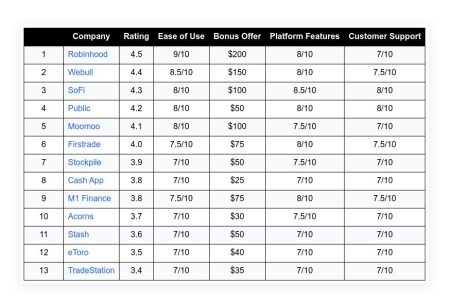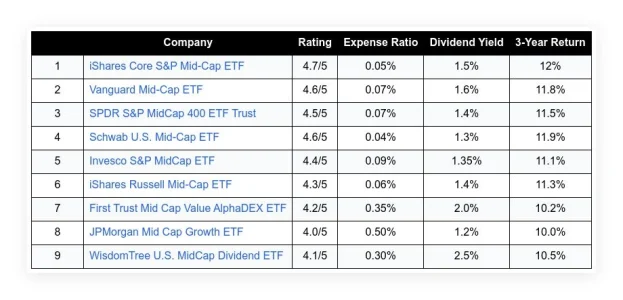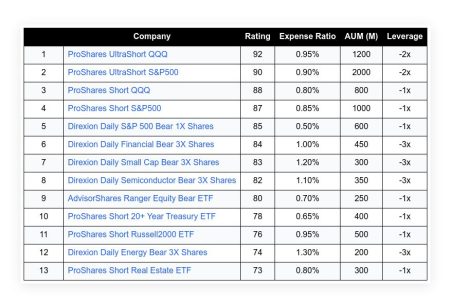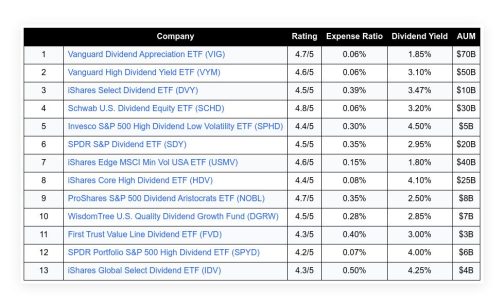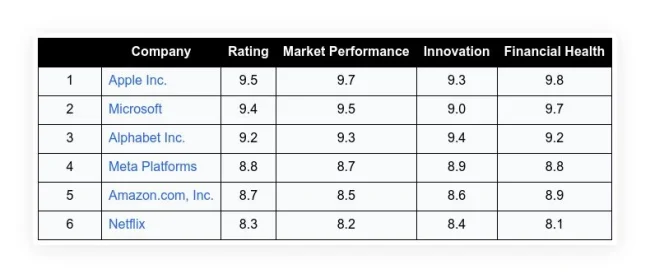A significant economic policy shift looms on the horizon as former President Trump signals intentions to implement substantial tariffs on imports from Mexico and Canada. The proposed 25% tariff rate could take effect as early as February 1st, marking a dramatic change in trade relations with America’s largest trading partners.
Table of Contents
ToggleStrategic Objectives Behind the Tariff Policy
The proposed tariff strategy centers on two primary objectives: addressing immigration and drug trafficking concerns, particularly the flow of Fentanyl, and stimulating domestic job creation through the repatriation of manufacturing positions to the United States.
This policy direction presents an interesting contradiction, as Trump previously negotiated the current trade agreement with Mexico and Canada in 2020, which was designed to facilitate easier trade flows between the nations. The United States maintains its most substantial trading relationships with these North American neighbors, while China ranks as the third-largest trading partner.
View this post on Instagram
Three Major Economic Risks
Economic analysts identify three significant risks associated with the proposed tariff implementation:
- Retaliatory Measures: Trading partners may respond with their own tariffs on US goods, potentially initiating a cycle of escalating trade barriers.
- Inflationary Pressure: Tariffs function similarly to sales taxes, potentially increasing consumer prices. Additionally, if jobs return to the US, higher wages could further drive up costs.
- Demand Reduction: Higher prices might decrease consumer and business spending, potentially slowing economic growth.
Historical Context and Market Impact
Historical evidence suggests tariffs often produce adverse economic outcomes. Major investors express concern about the potential market implications of such trade barriers. The situation presents a complex challenge: balancing national security interests and domestic job creation against the risks of economic disruption.
The implementation of a 25% tariff on Mexico and Canada would represent a significant shift from the trade-friendly policies established in 2020.
The success of this strategy may depend on Trump’s negotiation abilities to achieve border security and job creation goals without triggering adverse economic effects. The outcome could significantly influence market dynamics, inflation rates, and overall economic growth.
Frequently Asked Questions
Q: How might these tariffs affect consumer prices in the United States?
Implementing 25% tariffs on Mexican and Canadian imports would likely increase prices for US consumers across various products. These additional costs typically pass through the supply chain to end consumers, functioning similarly to a sales tax.
Q: What industries might be most affected by these proposed tariffs?
Industries with significant trade relationships with Mexico and Canada would face the greatest impact, including automotive manufacturing, agriculture, and consumer goods sectors. Companies in these industries might need to restructure their supply chains or absorb higher costs.
Q: Could these tariffs actually succeed in creating more US jobs?
While tariffs might encourage some manufacturing to return to the US, their overall impact on job creation remains uncertain. Higher production costs could reduce demand and potentially offset any job gains with losses in other sectors of the economy.









